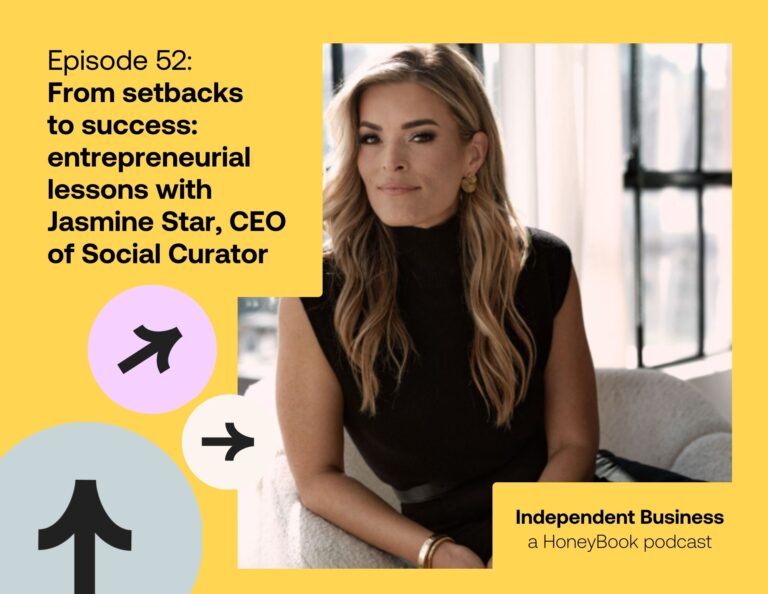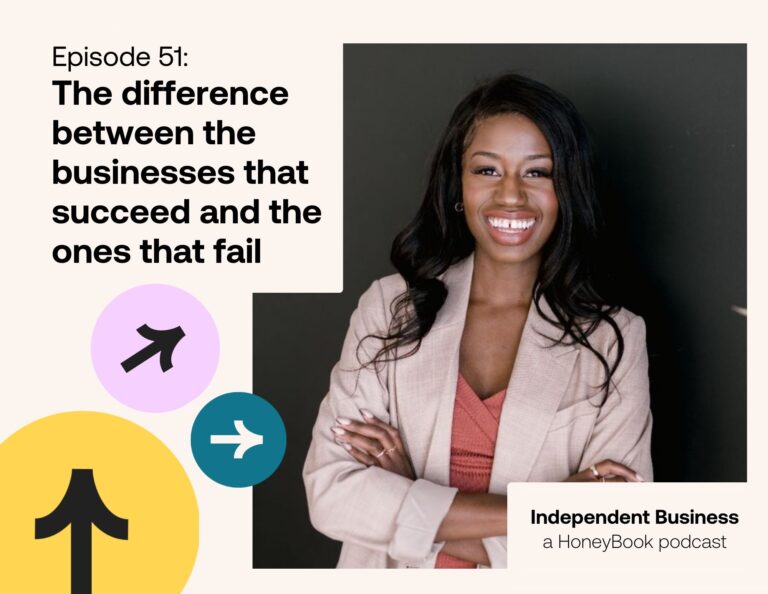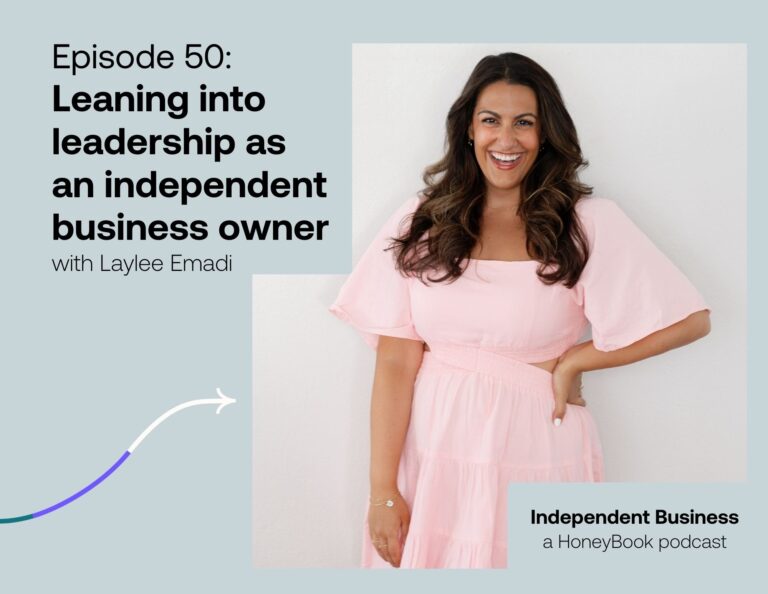Pinning recipes and baby shower ideas is always fun, but if you aren’t utilizing Pinterest for your business, you are missing out on one of the best free drivers of web traffic. Here are the top 5 things you need to take action on to be successful on Pinterest in 2019.
1. Optimize your Pinterest profile
To make sure that you’re set up for Pinterest success, here’s what you need to do first:
- Convert your personal account to a business account, which gives you access to analytics that help you discover trends in your marketing.
- Claim your website and your social media profiles, which helps Pinterest recognize pins coming from you.
- Set up boards that interest your ideal audience.
- Do some SEO. Search for words related to your product/service and look at the “suggested” search terms. Use these researched keywords in your profile description, your board descriptions, and your pin descriptions.

2. Optimize your website
Succeeding on Pinterest isn’t just about pinning awesome stuff. To be successful on Pinterest, your website must be optimized. One of your biggest goals is to get pinners to click your image and visit your content on your website. And if the link they follow doesn’t match what they thought they would be seeing, the viewer will have a very negative experience. Imagine saving a recipe for some “million-dollar lasagna” that you want to make for supper tonight, but when you click on it later to find the ingredients, the recipe is nowhere to be found. You’d be disappointed and stuck in a pinch.
Fortunately, it’s easy to optimize your website to give people a great experience. Here’s how to do it:
- Have a “pin it” or “save” button on your website so that visitors can easily create
- Build a widget on your website so visitors know they can follow you on Pinterest.

- Add the Pinterest tag. Similar to a Facebook pixel, it tracks your website conversions so you know exactly what pinners are doing on your site.
- Set up rich pins, which give the pinner more information about what they will see when they get to your website. This might include the ingredients of a recipe, the price of a product, or the first few lines of an article.

3.Pin consistently
Schedulers such as Tailwind make this easy. Try to pin about 50-75% your own content (linking back to your business) and 25-50% content from other pinners on topics that are interesting to your ideal customer. Fortunately, you can make beautiful pins representing your content with tools like Photoshop or Canva. It’s a good idea to create multiple pins with different images and titles for each piece of content you want to share.
4. Analyze your analytics
Once you have been pinning for a week or two, look at your analytics and see which of your pins have a high number of saves, clicks, and impressions. You can see which pins are converting best and take note of what about that pin might be working better than others. You should also feel free to scope out the competition or other accounts who are doing well. Seeing what pins these profiles are pinning can help you better understand your ideal audience.
5. Recognize that Pinterest isn’t for everyone
Pinterest is so powerful, and they recognize that this power can potentially be dangerous. Due to how quickly information can spread on Pinterest, they recently announced they would be shutting down accounts that link to websites violating their misinformation policy, which includes things like “false” cures for terminal or chronic illness and anti-vaccination advice. They rely on information from nationally and internationally recognized institutions including the CDC and WHO to help them determine if content violates their guidelines. We are playing in space we don’t own, which means that we are playing by someone else’s rules.
Finally, remember that Pinterest isn’t social media. While there are some social aspects, such as following specific profiles and participating in Pinterest communities, the Pinterest homepage is actually more akin to a visual search engine, populated with all the pins you could ever dream of — literally, the Pinterest algorithm uses a smart feed to help you find more pins similar to things you have pinned or searched for or pins from profiles you follow. Treating Pinterest like your other social channels will not get you where you want to be.
Sound overwhelming? You’re in luck. You can totally bootstrap Pinterest if you want, but just like there are website developers and social media managers, there are also Pinterest strategists and VAs who would love to take this task off your plate and help your website get the traffic it deserves.
Regardless of how you tackle Pinterest, the fact is that leaving it out of your 2019 marketing strategy is a good way to get left in the dust.
Want to learn more about Pinterest for Business? Get our Ultimate Guide to Pinterest for Business here.



